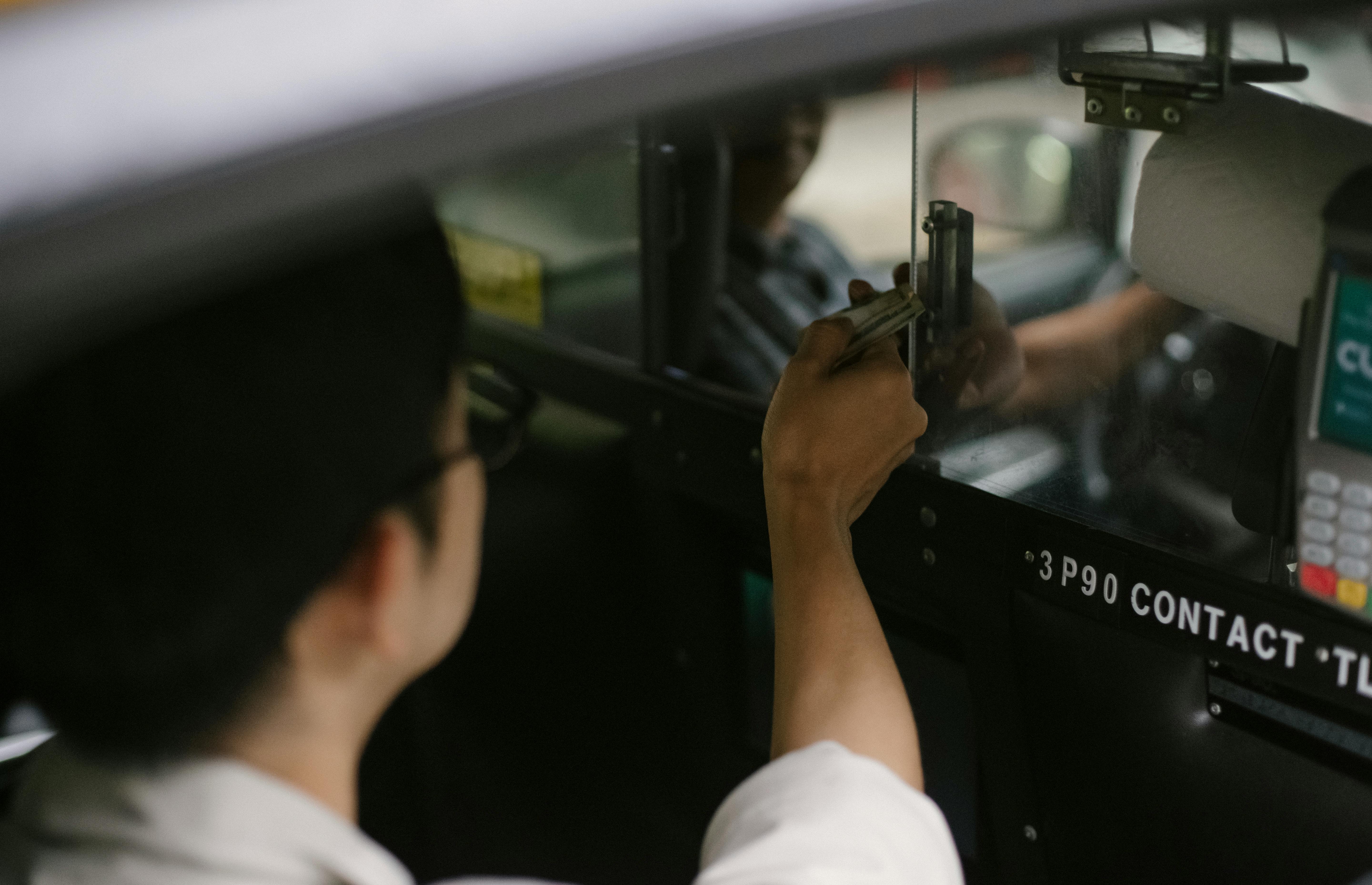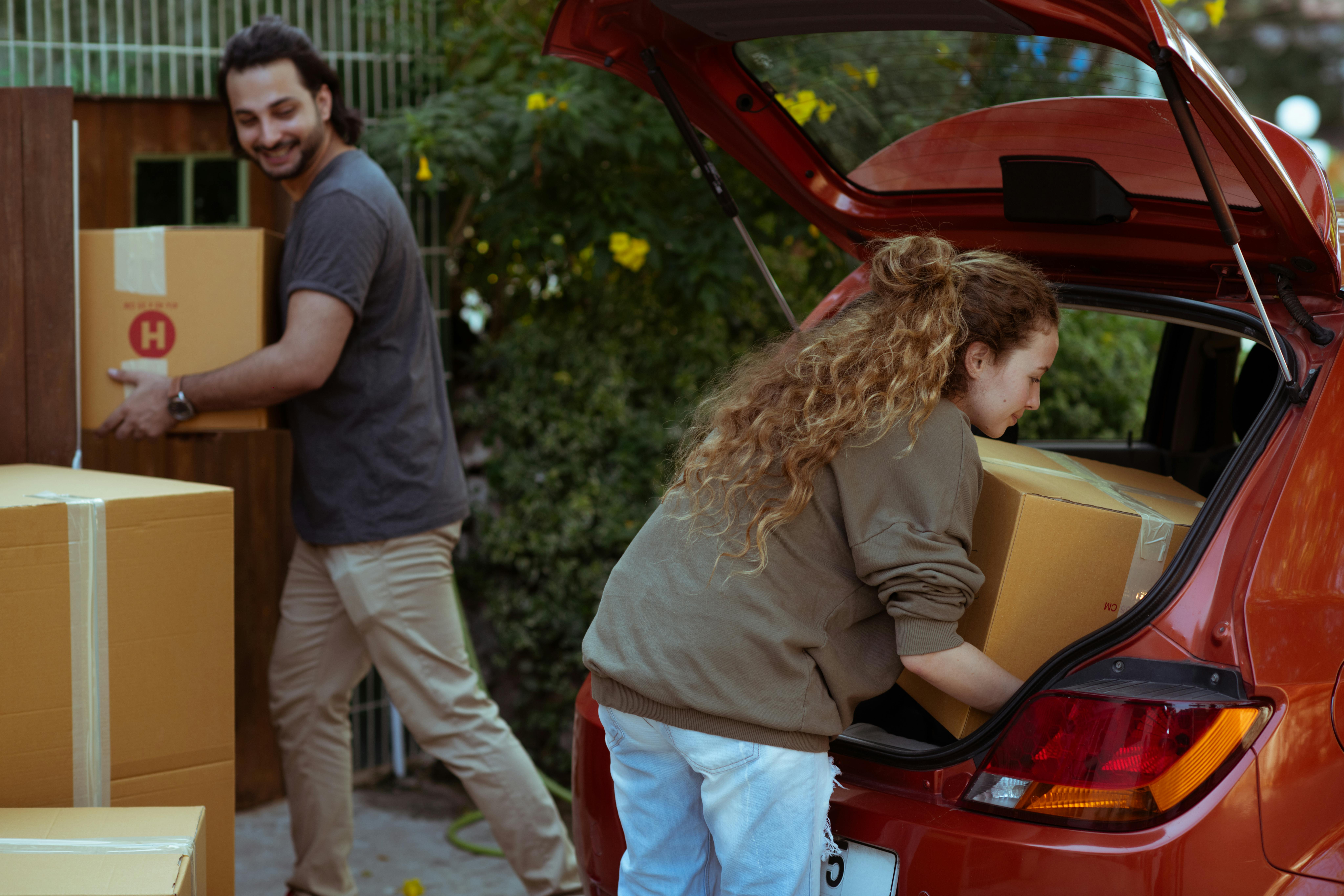I saw a substantial part of the 2008 Tour d’France. These men are not human. They are superhuman. Even though we managed a 4,500km tandem bike trip through South Africa, the idea of traveling at an average of over 40km / h for 6 hours a day for three weeks is not conceivable. And those mountains! They amaze the imagination. All the finalists are superheroes, but I understand that professional cyclists are the lowest paid of all athletes.
The first Tour was organized in 1903 and was won by Maurice Garin, who finished 2h49m ahead of the next classified. To put it in perspective, it was the year of the Wright brothers’ flight at Kittyhawk.
This year was also different in the sense that although Cadel Evans had been touted as the likely winner, there were surprises every day. To my knowledge, there were 8 yellow jersey wearers.
There were some spectacular crashes and to my surprise most of the riders got back on their bikes and continued. Well maybe they didn’t ride the same bike that was unsurpassed at the time, but they continued on a new bike like nothing happened. It is moving to see a cyclist crash into the barrier and fly, still tied to his bike, down the side of the mountain. We felt very sorry for John-Lee Augustyn when he took the turn too wide, slid down the side of the mountain, completely lost contact with his bike, and was unable to balance on the loose shale. Even when a spectator slipped in to help him, he had to wait about 5 minutes for the team to bring him a replacement bike. This made him lose the stage.
There are always crashes on fast mountain descents. In 1960 Roger Riviere was sure he would win, but on the descent of the Perjuret Pass, he crashed into a ravine and never ran again.
One of the most spectacular crashes was when the cyclist made contact with what is called ‘traffic furniture’, he was thrown off his bicycle that flew away from him and broke in half. He immediately got back on the replacement bike provided by the team’s mechanics and continued. I think I would need trauma counseling.
In 1913, Eugene Christophe’s fork broke in the Pyrenees. No backup was available, so he walked 14 km to the nearest town and used the blacksmith’s forge to repair it and ran back. A plaque was erected to his determination in Saint-Marie-de-Campan. The route was 5,287 km and was traveled at an average of 26,715 km / h.
Some riders got hurt enough to retreat, and I cry for them after all the preparation and hoping.
What bothered me were the idiots who are still taking performance-enhancing drugs. They should know by now that they will be caught, to the detriment of their careers and also to the hopes and pockets of the entire team. I realize that it is about money and prestige and very little about Sport, but stupidity and / or greed are not worth it. It also doesn’t make them popular with the other team members. (I was surprised to hear that Ricco’s latest test shows that he has been using EPO. It’s sad when your heroes are so horribly degraded.)
The 1914 Tour was 5,380 km traveled at an average of 26,835 km / h. But Europe was mobilizing for war and there were no Tours until 1919. That year turnout was poor for several reasons. Many of the young people had died, Europe was a mess, and roadside bomb damage made driving difficult. There were only 69 participants. But it was the first time the yellow jersey was introduced.
But isn’t France beautiful? The old villages with their churches in the center, surrounded by the houses of the faithful, or perched precariously on top of the slightest elevation of the land. I am doubly surprised when commentators cite the age of some of these structures. In this country that age is out of the question since the homes of the indigenous peoples were all biodegradable.
And the water! Accustomed as we are to living in a country with little water, it is a pleasure to see it. There are streams everywhere and great rivers in most of the larger cities. There are plowed fields and vineyards and expanses of forest, so
Riders traverse long avenues of majestic trees.
And in stark contrast, there is the snow and the glaciers and glacial lakes. And what was a big surprise to me were the many dormant volcanoes. Somehow I don’t think of volcanoes in France.
Of course, no description of Le Tour would be complete without a mention of the spectators and their campers. It’s hard to believe there are so many campers in Europe, but apparently you have to book for next year as you return the vehicle at the end of Le Tour. When roads are closed up to three days before passengers pass, these people must find their precarious parking space and settle in for a long wait. Or they park some distance away, usually in a farmer’s field or at the foot of the mountain, and walk up to find room to stand along the edge of narrow roads.
Their enthusiasm sometimes gets out of hand, especially on the top of a mountain where there is a hot spot. They group the riders together and wave their plastic poles and flags and race alongside the bikes, creating hazards for riders who are only interested in getting over the top and enjoying a breather on the descent.
I think the descent is even more dangerous. They travel at speeds of up to 90 km / h on tight bends and are taking life in their own hands. The slightest loss of concentration, or a mechanical failure can cause a disaster, not only to themselves,
but also to the herd that descended behind them.
To cite a few figures. In 1990 there were 3,500 people involved in the Tour. There were 635 journalists, 140 photographers from 25 countries, and 368 newspapers; and 20 TV stations. The distance was 3504 km at an average speed of 38.621 km / h.
As a result of World War II, there were no Tours from 1940 to 1947. That year the winner, Robic, had promised his new wife that he would win because he had no dowry.
No discussion of the Tour would be complete without mentioning Lance Armstrong. Raced 11 Tours, starting in 1993 and won seven in a row from 1999 to 2006.
The organization idea is amazing. When you see the streams of team cars with bikes on rooftop racks, police motorcycles, cameramen perched on the back seat of a bicycle, the race car, and the doctor who manages to heal injuries while traveling at breakneck speed. And there are the team mechanics who look out the window and make adjustments to the rider’s bike as he continues pedaling. (I wonder how fast the mechanics appear when there is a problem. The wheels are changed almost at the speed seen in F1 races.) And there are the 2 helicopters following up, taking photos and the plane that receives broadcasts and retransmits them.
Consider travel arrangements for such a large number of people. They must be housed and transported from city to city when the race departs from a new venue. Cooking preparations should be a real headache, making sure each rider is given something that agrees with him. They cited the number of bottles of water consumed. It was great, but I don’t remember it. I know they say that each cyclist consumes up to 8 liters a day, or even more in hot weather.
We must not forget the helpers who stand in the middle of the road when the muses faint. Each team has their own combination of treats and even then much of the content is released to viewers to keep as souvenirs. In such a crowd, I would be nervous to take a hand off the handlebar to grab a thigh and drape it over my shoulder. But they do manage to scoop what they want and transfer it to the back pocket of their shirts, roll up the bag, and toss it to the always-large crowds at the feeders in hopes of picking up something.
You have to appreciate the enthusiasm of the populations of the towns through which the Tour passes. They don’t complain about the interruption or the fact that their path is closed, sometimes for days. Instead, they close their businesses and welcome passengers with balloons and banners, messages floating amid lakes, statues at roundabouts, and numerous works of art in the fields.
The Tour is indeed a show that catches the imagination of the world. It would be tragic if the doping scandals caused it to be canceled.




